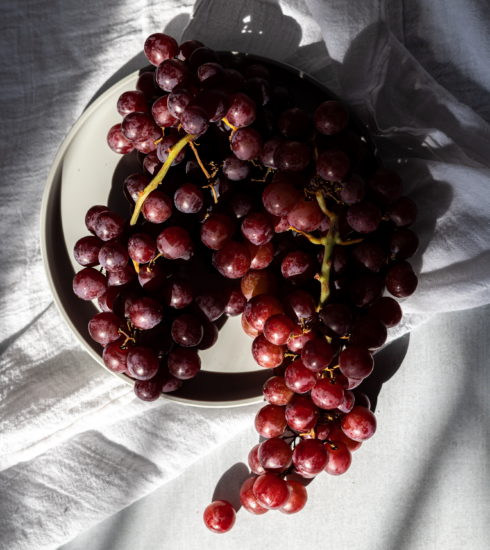Color Your Plate: The Benefits of Eating Colorful Fruits & Veggies
Ever heard the saying, “Eat the rainbow”? It’s become synonymous with candy, but in this case, the phrase means something different. Fruits and vegetables are known to be an essential source of good nutrition, and the more colorful, the better.
The bright, rich colors of nature’s bounty provide the necessary vitamins and minerals for a healthy cardiovascular system, strong bones and more.
Benefits of Colorful Fruits and Veggies
Red: Rich in lycopene, vitamin C and folate; good for ridding the body of gene-damaging free radicals; believed to be helpful in combating cancer
What to Eat: red peppers, tomatoes, strawberries, pink grapefruit, watermelon, cranberries, raspberries, cherries, apples, beets, red grapes, red onions
Orange and yellow: Contain beta cryptothanxin, which may help prevent heart disease.
What to Eat: carrots, apricots, sweet potatoes, yellow peppers, oranges, bananas, pineapple, yellow squash, mango, pumpkin, apricots, butternut squash, peaches, cantaloupe
Green: Full of chlorophyll and cancer-fighting chemicals that inhibit the action of carcinogens; rich in vitamin K, folic acid, potassium, and omega-3 fatty acids
What to Eat: spinach, collard and turnip greens, avocados, asparagus, broccoli, alfalfa sprouts, kale, Brussels sprouts, kiwi fruit, green tea, green herbs (rosemary, mint, sage, basil, thyme)
Blue and purple: Made of powerful antioxidants called anthocyanins, which are believed to slow cellular aging and stop the formation of blood clots.
What to Eat: blueberries, blackberries, elderberries, black grapes, raisins, eggplant, plums, figs, prunes, purple cabbage, pomegranates
White and brown: Full of allicin, which has anti-tumor properties
What to Eat: mushrooms, onions, cauliflower, garlic, leeks, parsnips, daikon radish










